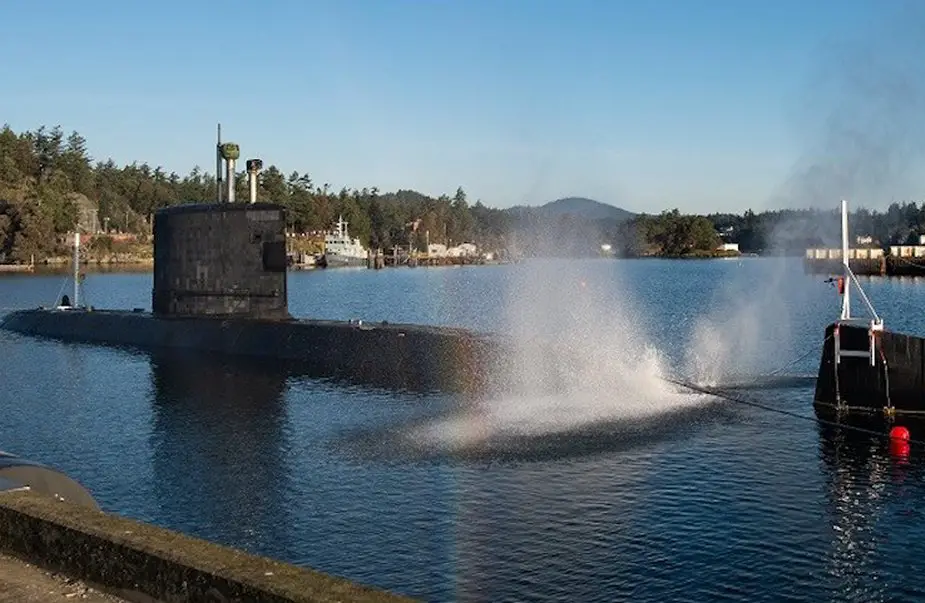Breaking news
Canadian Navy HMCS Victoria Undergoes Crucial Dive Testing.
Her Majesty’s Canadian Submarine (HMCS) Victoria and crew have completed a critical step in the submarine’s workups in preparation for 2020 submarine operations. Her Majesty’s Canadian Submarine (HMCS) Victoria and crew have completed a critical step in the submarine’s workups in preparation for 2020 submarine operations.
 Bought second-hand from the UK, the Canadian Navy’s Victoria-class submarines have proved very troublesome to operate. Here, HMCS Victoria undergoes a dive test to verify water tightness and test several key systems (Picture source: RCN)
Bought second-hand from the UK, the Canadian Navy’s Victoria-class submarines have proved very troublesome to operate. Here, HMCS Victoria undergoes a dive test to verify water tightness and test several key systems (Picture source: RCN)
The submarine conducted a camber dive at Canadian Forces Base Esquimalt, B.C., where it submerged to verify the integrity of water tightness, as well as the functionality of several key submarine systems.
In order to ensure fitness before returning to operational service, a submarine must be certified following the successful completion of harbour acceptance and sea trials. Once certified, the submarine must be manned with a qualified and experienced crew and be deemed safe to sail, enabling it to conduct trials and execute operations.
Throughout a combined 20-hour period, HMCS Victoria’s 48-person crew successfully completed three dives to depths of 11 metres.
Subject matter experts from Fleet Maintenance Facility Cape Breton and the Directorate of Maritime Equipment Programs Management Submarines were part of an 11-person rider crew that recorded data and analytics in support of all submarine testing functions.
Among the systems evaluated during the camber dive were the submarine’s trim and ballast systems.
The ballast system enables the submarine to dive or surface through tanks that store the proper proportion of air or water via main blows, emergency blows and the low-pressure blower. Meanwhile, the trim system compensates for depth changes when the submarine is dived. This process, known as trim and incline, is a highly sensitive testing process where even the slightest movements on board can have a dramatic impact on the recording of data. Precision and care is crucial to ensure the accuracy of the test, as the slightest movement of personnel in the submarine causes a sufficient disturbance, resulting in changing the submarine’s attitude.
HMCS Victoria and crew are preparing to participate in the multinational RIMPAC (Rim of the Pacific) event this summer off the coast of Hawaii.


























